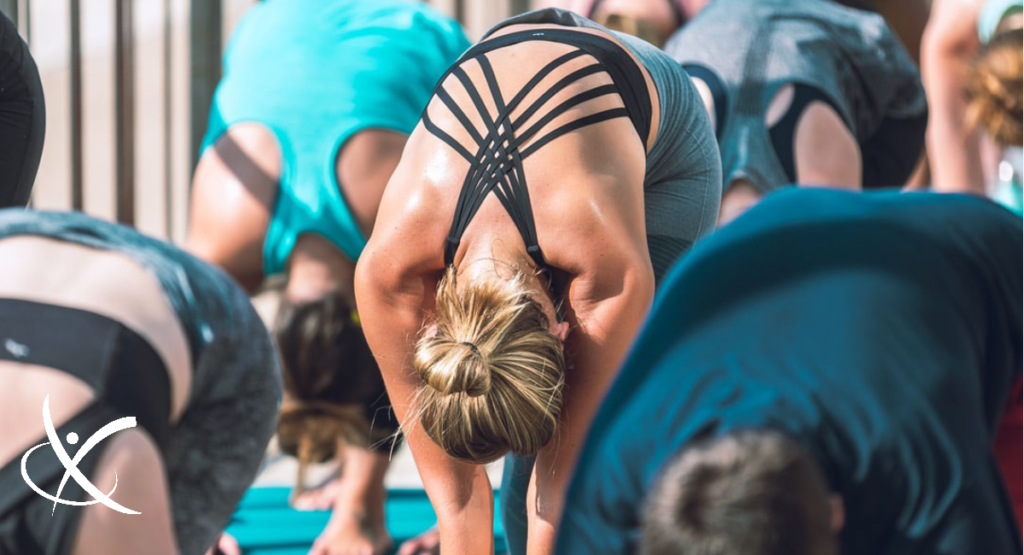The “Do’s and Don’ts” of Low Back Pain
Myths and Methods About How to Address It
The approach to lower back pain has changed drastically over the years. The old prescription of rest and medication has been challenged, although it is still often recommended by physicians. Some other things that have been challenged: perfect posture, stretching, foam rolling, lifting with a straight spine, etc. This is not your typical “five stretches to relieve your lower back pain” post.
So what are some things that you SHOULD NOT do when it comes to lower back pain?
MYTH #1
Stop moving altogether. Rest is not best for lower back pain. Research shows that an extended period of bed rest is actually a hindrance to recovery. Our muscles, joints and even nerves like gentle movement when they are irritated. It helps them recover faster. Avoidance of pain is not what is always best! This is perhaps the most counterintuitive suggestion we can give for back pain. In most cases, there are directions/specific movements your body will prefer, and we encourage you to continue to move in those pain-free directions.
MYTH #2
Stretch. Sometimes, when a muscle or nerve is irritated, it just wants to be left alone. Instead of letting it relax and recover, people often like to repeatedly stretch. Does it sometimes create some type of relief- yes; however, it is typically short-lived. Another common myth is that one must stretch their hamstrings and hip flexors. This isn’t always true and a lot of the time, instead of stretching they solely need strengthening! Think of it this way, gentle activation of the muscles will help improve blood flow to the area and promote healing. (We don’t always veto stretching, but for many of our patients with lower back pain, it sure is a commonality!)
MYTH #3
Take anti-inflammatory or pain medication for exaggerated periods. Did you know that inflammation is actually one of the first stages of healing? Taking anti-inflammatory medication right away after an injury can actually impede the stages of tissue repair. These medications can also create hypersensitivity to pain signals over time.
MYTH #4
Get imaging right away. Imaging is not always needed for lower back pain unless it is traumatic in nature or has other significant side effects (of which will be listed below). If you recently “threw your back out”, it is not recommended to get imaging unless all other conservative treatment methods (physical therapy included) have failed.
What are things you SHOULD do when it comes to lower back pain?
Limit the rest period to 48 hours or less. It has been shown that bed rest or significantly decreased activity levels for longer than a day can actually impede your recovery time. Try to get up and walk as much as possible after an acute onset of lower back symptoms.
Begin moving within your comfort zone and intermittently move into pain. Gentle repetitive motions may actually decrease your pain levels and decrease protective posturing & reactions over time. It is important to continue to exercise to decrease sensitization of your lower back. Do what you can, even if it is not much!
Strengthen your weaknesses. Often, those with lower back pain tend to stray away from strengthening exercises and think that stretching is best. Stretching may create an intermittent relief of pain; however, pain tends to return over time. Strengthening the muscles you want to stretch can help improve your recovery and decrease future episodes of lower back pain. For example, do you have right lower back pain? Have you repeatedly tried to stretch it bending to the left? Well, what if you actually did a gentle right side plank instead? Don’t be afraid to strengthen. The goal should not be to avoid lifting or carrying, but to lift and carry heavier objects!
Focus on proper hip and spinal motion. If you haven’t heard of the “hip hinge” then you should check out some of our posts. We talk about the hinge often, as it is crucial in order to be able to move the legs and hips while protecting the back. The “hip hinge” allows you to bend at the waist without rounding the low back into a poor position. We find most individuals with back pain increase function and decrease pain once we instruct them on “hinging” even while their back is still healing.
Centralizing pain is the goal! Do you experience radiating pain into your buttocks, legs, or even feet? Try moving through a series of repeated motions (bending forward, backward, side-glides, etc.). Try to find the movement that makes the discomfort in your lower extremities migrate upward, closer to the origin of the pain (the spinal cord). If the pain goes from your feet, to your calves, to your thigh, to your buttocks, and finally, you’re left with pretty intense back pain, it is actually a good thing!
Schedule a physical therapy visit! Did you know that physical therapists are a primary care provider for individuals with lower back pain? We can do a thorough assessment, develop a treatment plan and make appropriate referrals to other providers when necessary. As we are currently closed due to our ethical and civil duties to keep our patients and society safe, we are actually treating many lower back clients with our telehealth physical therapy platform.
When you should be more concerned about lower back pain and seek medical attention:
- Loss of bowel or bladder control
- Numbness in the groin or inner thigh
- Significant muscle weakness with loss of control in either of your lower extremities.
- Pain that is worsening and not improving with recommended treatment.
These are generalized recommendations for those with lower back pain. As always, if you have any questions, please do not hesitate to reach out!
“Pain, disability, quality of life and fear-avoidance similarly improve by walking or exercise in chronic low back pain.” – Vanti, et al.
